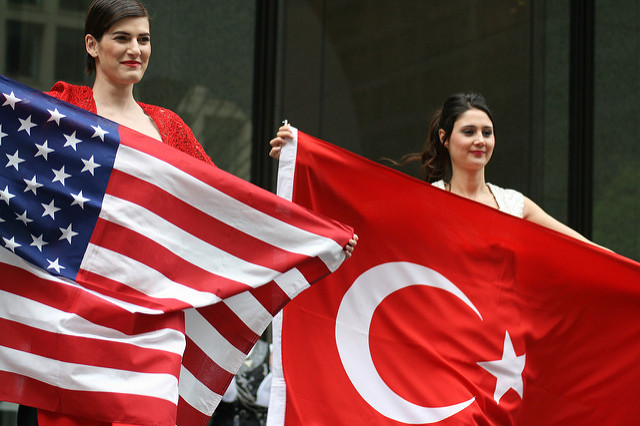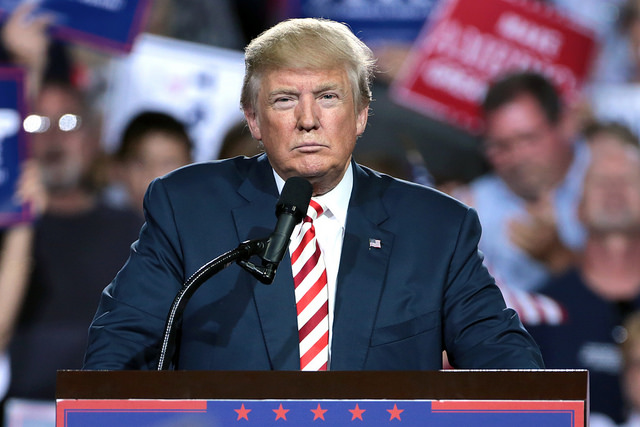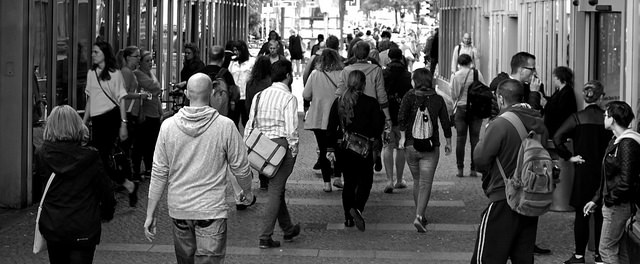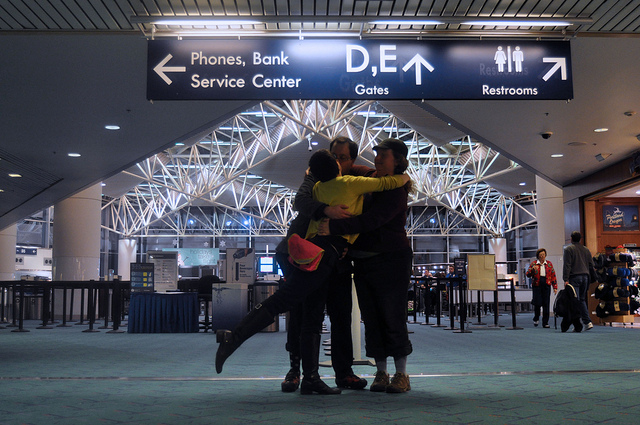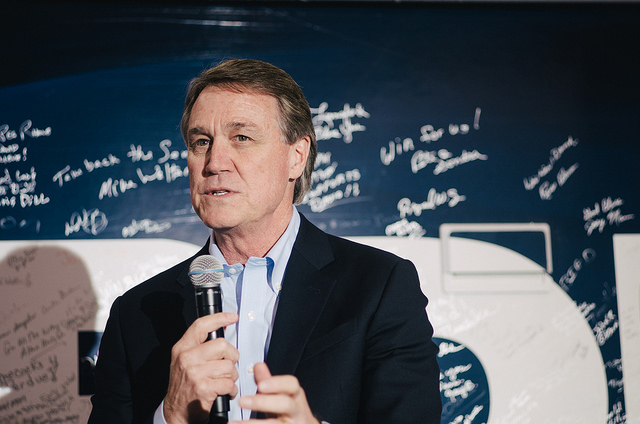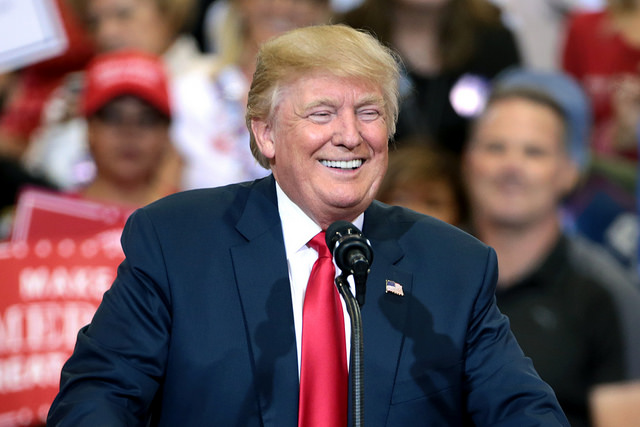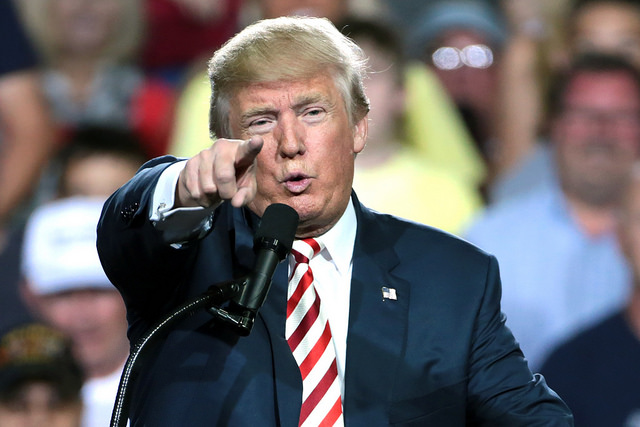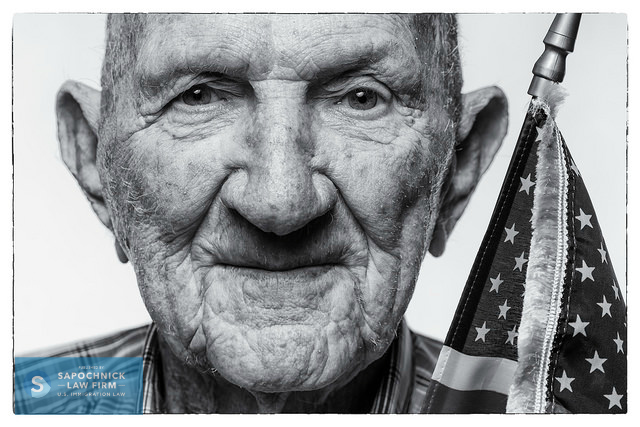As previously reported, on October 8, 2017, the United States announced the suspension of all non-immigrant visa services across U.S. Embassies and Consulates in Turkey “until further notice,” following news that a U.S. embassy official was placed under arrest without explanation and without access to counsel. This included the suspension of the issuance of: B-2 visas for temporary tourism or medical reasons, B-1 visas for temporary business visitors, F-1 student visas, E-1 treaty trader visas, E-2 treaty trader visas, and other non-immigrant visa types.
Since October 8, 2017 until just recently, no new non-immigrant visa applications were being processed in Turkey until the U.S. government could receive assurances form the Turkish government that embassy staff officials would not be detained or placed under arrest without cause, or access to counsel.
On November 6, 2017, the Department of Homeland Security and the United States Embassy in Ankara, Turkey, announced that the United States has received sufficient assurances from the Government of Turkey that employees under the diplomatic mission are not under investigation, that local staff of U.S. embassies and consulates will not be detained or arrested in connection with their official duties, and finally that the U.S. government will be notified in advance if the Turkish government plans to arrest or detain any local staff at U.S. embassies in Turkey. The announcement however provides that the United States “continues to have serious concerns about the existing cases against arrested local employees” of the Mission in Turkey and of “. . . the cases against U.S. citizens who have been arrested under [a] state of emergency.”
 Visa Lawyer Blog
Visa Lawyer Blog


